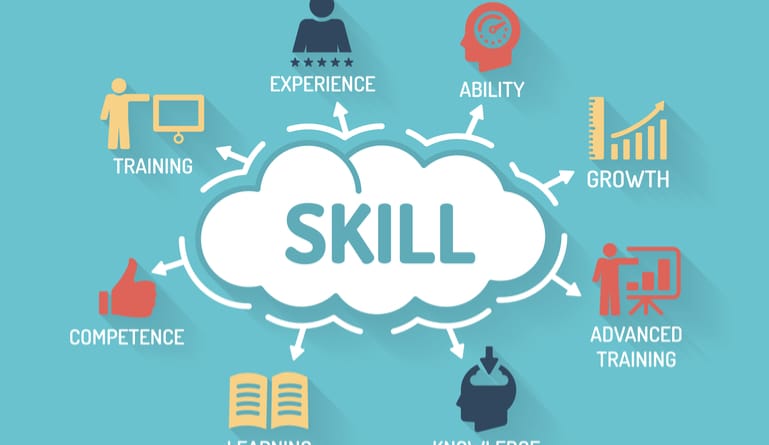People analytics gives human resource professionals and executives very important insights into the corporate environment and the way employees view their jobs. HR analytics will help you build an excellent employee framework.
People analytics will help you create an employee experience strategy that will provide important insights to help you understand and support the work of your personnel.
People analytics is morphing from a human resource only activity to a fully functioning top-down business approach for entire companies
Here are a few tips to help you create a great employee experience:
Tip #1: Do your homework
Learn about your employees. Discover the needs of your employees before devising a program for your system. Use questionnaires, surveys and focus groups to compile information and collect insights about the perceptions of your employees and how they view their work.
Tip #2: Define the employee experience
After doing your research, delineate the employee experience you want to design; what sort of experience do you want to create for your employees? How do you want them to feel about their experience at work? What kind of culture do they need? To promote ownership and employee participation, get your team leaders involved in defining the work culture.
Tip #3: Encourage feedback
You may have to make some adjustments, but, in the end, a motivating and foundational employee experience definition will be born. With your fresh definition in hand, it’s time to assess and measure against it to create, policies and practices. Perhaps the simplest way to enhance the employee experience at your organization is to gather and analyze all types of employee feedback. Feedback is essential to growth and HR analytics helps you capture that data and use it to create solutions.
Tip #4: Create cultural reviews and examine systems
You want to find out how the actual experience compares to the desired experience and make any adjustments as necessary.
Tip #5: Map out the process
Mapping out the employee lifecycle as an employee moves through your organization can help you find the natural connections between HR and your employees. Mapping enables you to engage with employees while you streamline your HR teams, your management, and your leadership. It will also help you retain your best employee base.
Tip #6: Provide for individual experiences
Consider the individual needs of each employee in your system, based their role, their location, their employment agreement, and of course their personal circumstances. Allow for autonomy where possible. Provide information so that employees can make the right decisions for themselves.
Tip #7: Listen to your people
Always listen strategically. Strategic listening allows you to hear the message a person is trying to communicate. This will enhance your ability to provide your employees with satisfying work experience. Employee experience examples show that when strategic listening habits are used, employees feel more valued.
Tip #8: Wages and benefits are critical
Unequal pay structures within your system especially pay inequities for women and the youngest workers can be a major point in job dissatisfaction. Resolving pay inequalities will improve job satisfaction and clear the way for a successful employee program.
Tip # 9: Make use of HR technology
Use HR technology tools to measure the “pulse” of your organization all year long so you can learn about the needs and expectations of employees. Use this data to adapt to the changing needs of your employees.
Tip # 10: Share data
People analytics is essential to enhance the employee experience but without sharing this data across the entire HR department, you will not have a 360-degree view of your employees, nor will you have a thorough understanding of how you can make them more satisfied in their positions.
Summarizing data in conventional evaluations and conferences is a great way to understand why employees leave, why they don’t feel satisfied, or what your business can do better.




